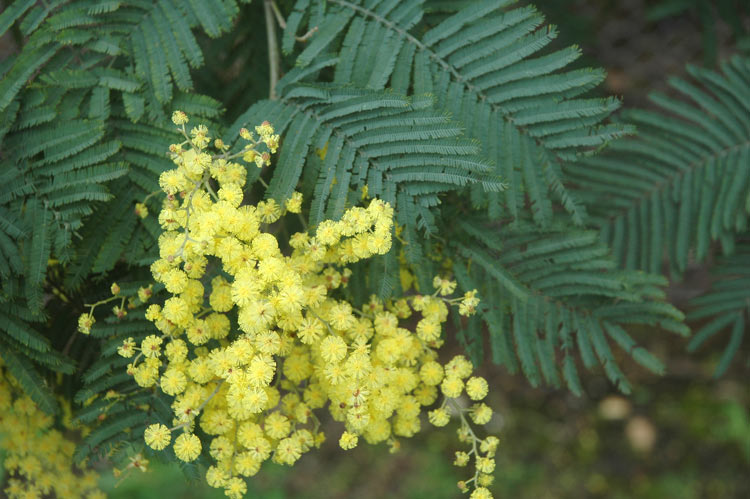
A key challenge for revegetation practitioners is to select plant material that will be suitable for both current and future climatic conditions. There have been an increasing number of revegetation projects established in Australia over the last 20 years. For example, the Australian Government’s Biodiversity Fund, is investing A$946 million to revegetate, rehabilitate and restore landscapes to store carbon, enhance biodiversity and build environmental resilience under climate change. Two papers, soon to be published in Ecological Management and Restoration, describe methods relevant to selecting plant material for changing climatic conditions. The first paper describes species distribution models and growth simulation models that could assist the selection process. The second paper, which will probably be of most interest to ALA users, describes how the ALA can assist revegetation project leaders select species and provenances likely to be suitable for changing environmental conditions at particular sites. While the existing ALA can provide very helpful assistance the second paper also considers how further improvements could allow even more reliable selections to be made.
If your organisation has access to the Wiley online library you can obtain abstracts or full copies of the papers from the URLs given below. Otherwise, for more information please contact Trevor Booth (Trevor.Booth@csiro.au) or Kristen Williams (Kristen.Williams@csiro.au).
Booth TH, Williams KJ 2012. Developing biodiverse plantings suitable for changing climatic conditions 1: Underpinning scientific methods. Ecological Management & Restoration. 13(3), http://onlinelibrary.wiley.com/doi/10.1111/emr.12000/abstract
Booth TH, Williams KJ, Belbin L. 2012. Developing biodiverse plantings suitable for changing climatic conditions 2: Using the Atlas of Living Australia. Ecological Management & Restoration. 13(3), http://onlinelibrary.wiley.com/doi/10.1111/emr.12003/abstract